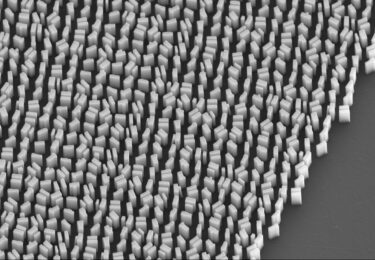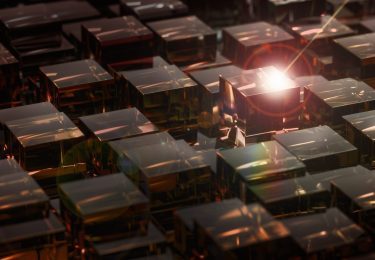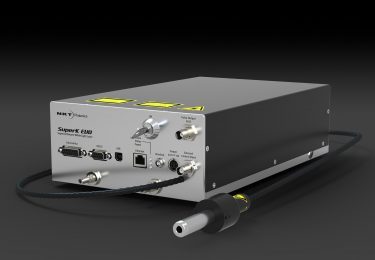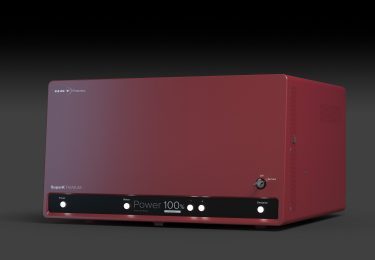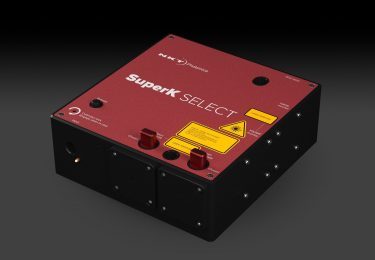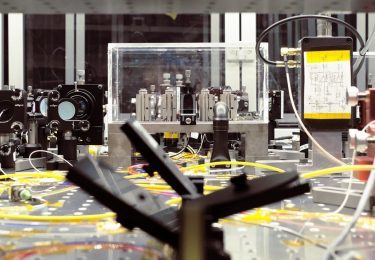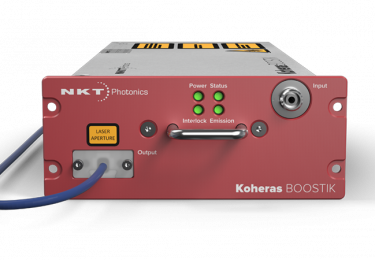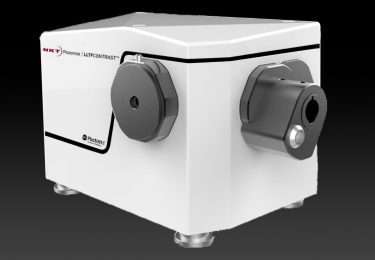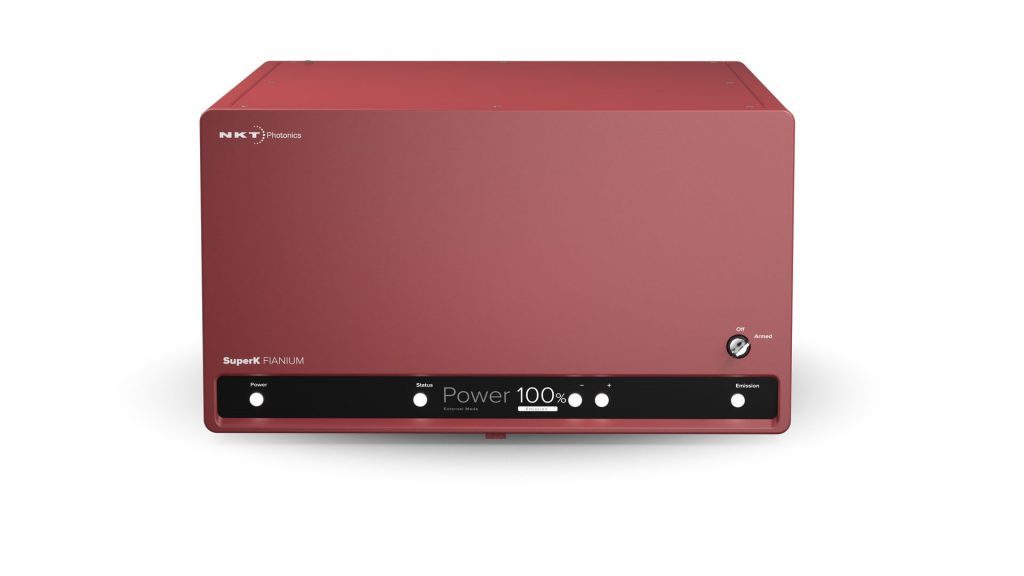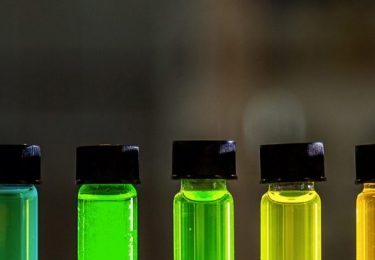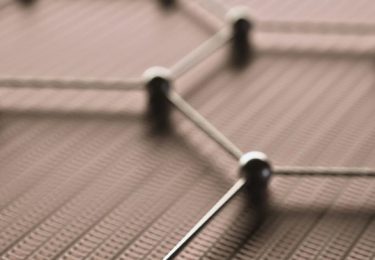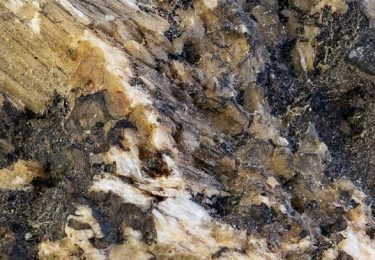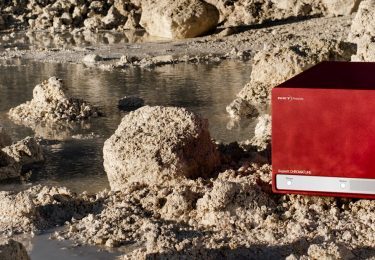One advantage of perovskites is that they can be easily manufactured from common salts in low-temperature processes – such as spin coating – and can be made into ink and printed onto flexible substrates to form flexible solar cells. Another advantage is that perovskites can be designed to absorb the wavelengths of the sun more efficiently than silicon.
Perovskites are a vast number of compounds having a perovskite crystal structure. The general chemical formula is ABX3, where A and B are cations and X is an anion.
Nevertheless, a lot of research is needed in perovskite photovoltaics e.g. to improve their scaling, efficiency, stability, lifetime, and how to passivate defects to increase efficiency. Today, solar cells made from crystalline silicon boast efficiencies above 25% where. Perovskite solar cells are already above 20%, up from 13% in 2012.
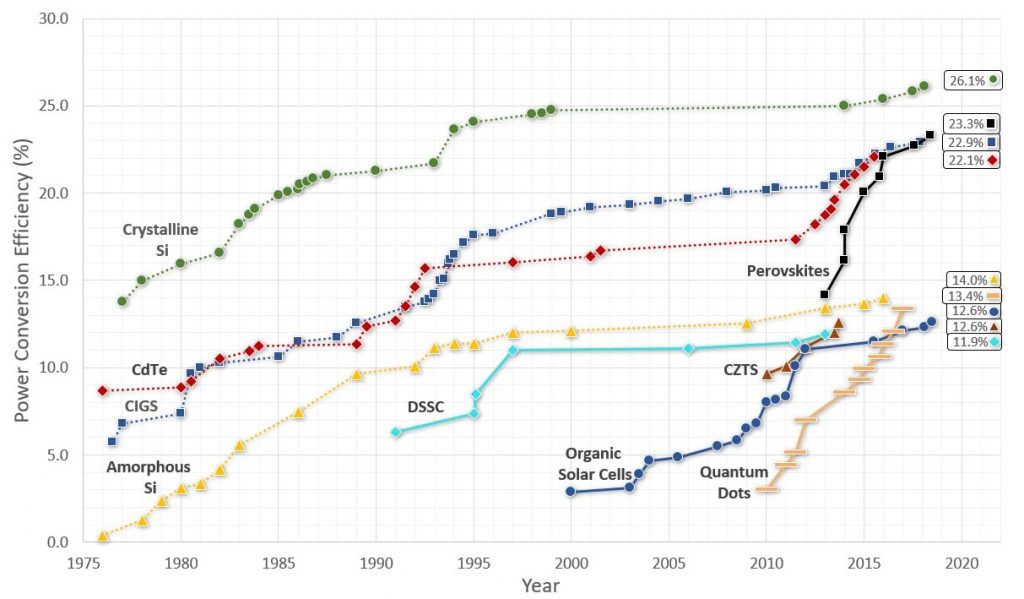
Lasers are already routinely used to investigate how light interacts with perovskites, spectrally and dynamically, on the micrometer scale. Compared to traditional light sources, lasers allow for the in-depth analysis that is needed to continue the flow of break-throughs in perovskite research. One of today’s challenges is to find the optimal composition of A, B, and X. The hunt is on…!
Efficiency mapping using a broad spectrum supercontinuum laser
It is critical to know how efficiently the perovskite crystals can absorb the different wavelengths of the solar spectrum. Such measurements can be carried out through photocurrent spectroscopy and imaging.
Our SuperK white light laser and SuperK VARIA filter offer the broad spectral coverage needed to investigate materials across the solar spectrum. The SuperK provides picosecond pulsed operation and a high-quality beam, allowing investigations of the optical properties with a diffraction-limited resolution. A set-up measuring absorption coefficient and refractive index can be seen in Fig. 4.
Understanding the structural properties with a picosecond pulse source
Structural properties, such as sample uniformity and defects, can help understand the limitations of the material. Here, hyperspectral imaging and exciton diffusion mapping can come in handy. The spectrum and picosecond pulse property of the SuperK white light laser supports the simultaneous acquisition of spectral and temporal data.
The unique properties of the SuperK laser allow you to have a picosecond pulse source at any wavelength in the visible and near-infrared spectrum. Combined with single-photon detection this allows for mapping of exciton lifetimes and diffusion lengths on a micrometer scale, unveiling exciton dynamics and defect densities only achievable through the versatility of the SuperK technology.
Example of perovskite researchers who have used our SuperK lasers and tunable filters in their set-ups
Professor Urban’s Nanospectroscopy Group, Ludwig-Maximilians University
Professor Urban’s group used the set-up in figure 2 to measure exciton lifetime.
The combination of a SuperK laser, a spectrometer, and a fast single-photon detector (an APD) made it possible to obtain spectral and lifetime information. High power enabled faster acquisition from the highly absorbing material.
A short cut-in wavelength was mandatory to get as close to the standard solar spectrum (e.g. ASTM G-173-03) as possible, making our SuperK FIU-15 or EXU-6 obvious choices.
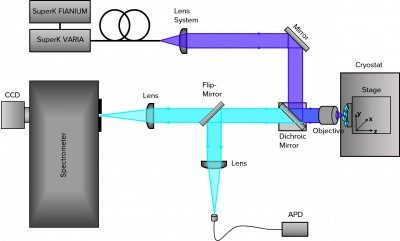
Professor Urban’s group added cameras to the set-up in figure 2 to enable measurements of exciton diffusion lengths, see figure 3.
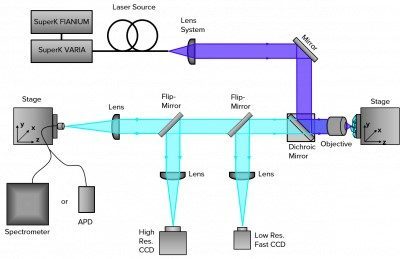
Sarah Brittman and Erik C. Garnett, Center for Nanophotonics, FOM Institute AMOLF
Sarah Brittman and Erik C. Garnett were performing refractive index and absorption coefficient imaging. Light from a supercontinuum laser was filtered by an acousto-optic tunable filter (the SuperK SELECT AOTF) and focused by an objective onto the sample, which was mounted on a piezostage.
Three photodetectors measured the incident, transmitted, and reflected beams at each wavelength produced by scanning the AOTF. A half-waveplate was used to control the laser’s polarization. A flip mirror, lens, and camera were used to image the sample to locate the crystals.
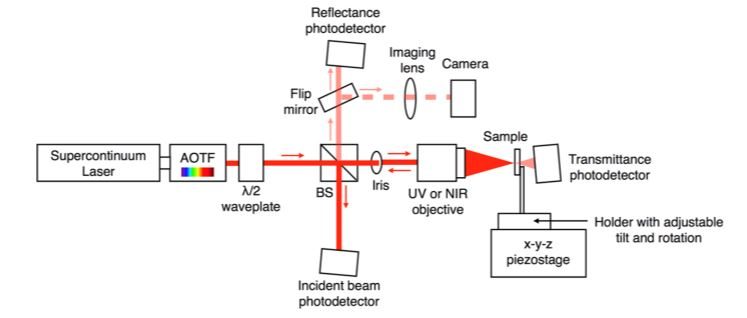
The SuperK enables the following measurements
- Pump-probe spectroscopy
- Refractive index
- Absorption coefficient imaging
- Photoluminescence
- Emission (exciton) lifetime; multidimensional
- Quantum efficiency (IPCE vs QE); solar simulation
- Single-photon counting




